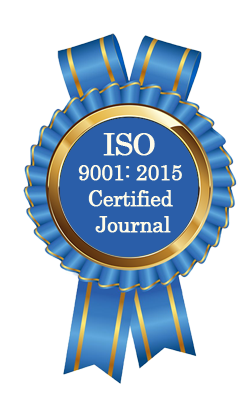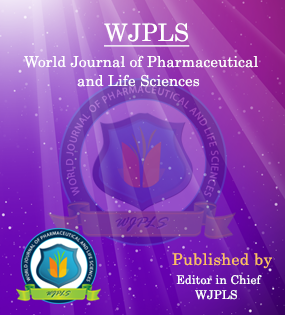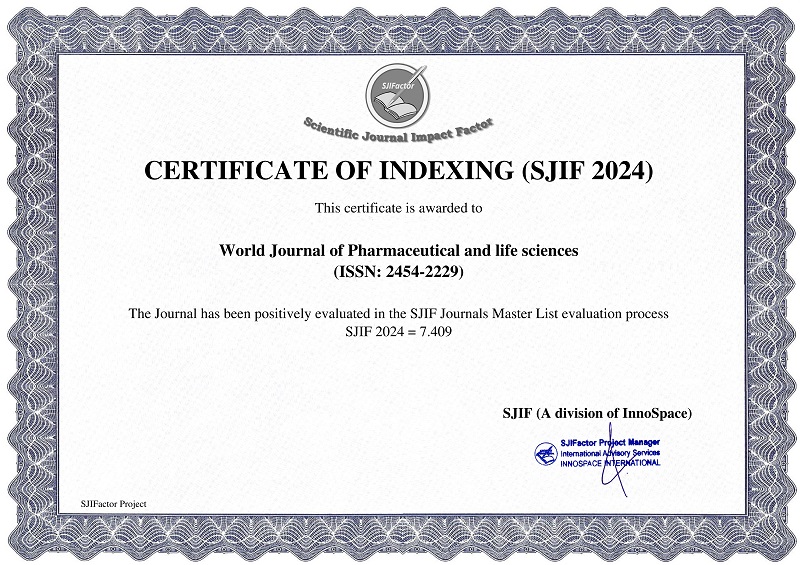Abstract
EVALUATION OF STEPWISE UTERINE SPARING METHOD IN MANAGING PLACENTA ACCRETA SURGICALLY
*Dr. Arabiya Abdulghafoor Ahmed
ABSTRACT
This prospective and observational study was carried out in the Department of Obstetrics & Gynecology of Al-Falluja Teaching Hospital in Iraq. The study included (100) primigravida female patients in the third trimester (after 32 weeks gestation) with pregnancy induced hypertension. Serum uric acid assay was done then the patients were classified into three groups according to uric acid level; Group I (low hyperuricemia) uric acid below 25th percentile (5.8 mg/dl). Follow up of maternal outcome as (eclampsia, HELLP, acute renal failure and accidental hemorrhage) and fetal outcomes (stillbirth, prematurity, IUGR and IUFD). Other obstetric complications that can affect pregnancy. Other medical diseases and severe pre-eclampsia that need urgent termination were excluded. This study aimed to determine the relationship between hyperuricemia and perinatal results in pregnancy induced hypertension. Results showed a significant increase in serum uric acid, urea and creatinine in the high group compared to the middle and low ones. Bad fetal outcome and pregnancy complications were directly proportionate to the serum uric acid levels. It can be concluded from the current study that these data reinforce the general agreement about the utility of hyperuricemia in the prognosis of adverse perinatal outcomes in pregnancy induced hypertension. Serum uric acid level measurements are a useful and inexpensive marker for predicting adverse perinatal outcomes.
[Full Text Article] [Download Certificate]WJPLS CITATION 
| All | Since 2020 | |
| Citation | 590 | 424 |
| h-index | 12 | 10 |
| i10-index | 17 | 14 |
INDEXING
NEWS & UPDATION
BEST ARTICLE AWARDS
World Journal of Pharmaceutical and life sciences is giving Best Article Award in every Issue for Best Article and Issue Certificate of Appreciation to the Authors to promote research activity of scholar.
Best Article of current issue
Download Article : Click here





